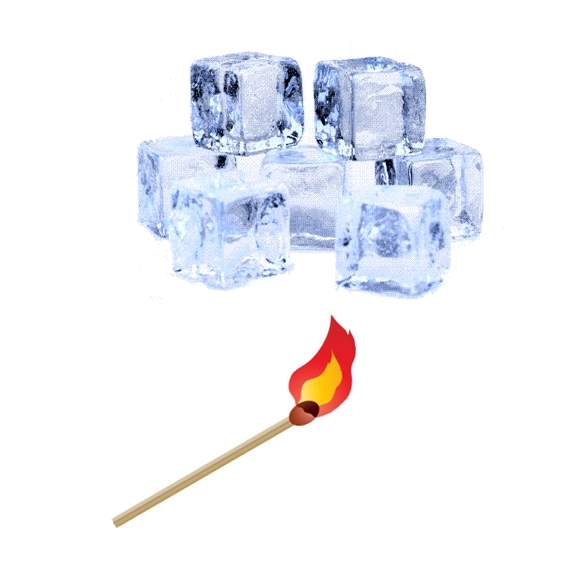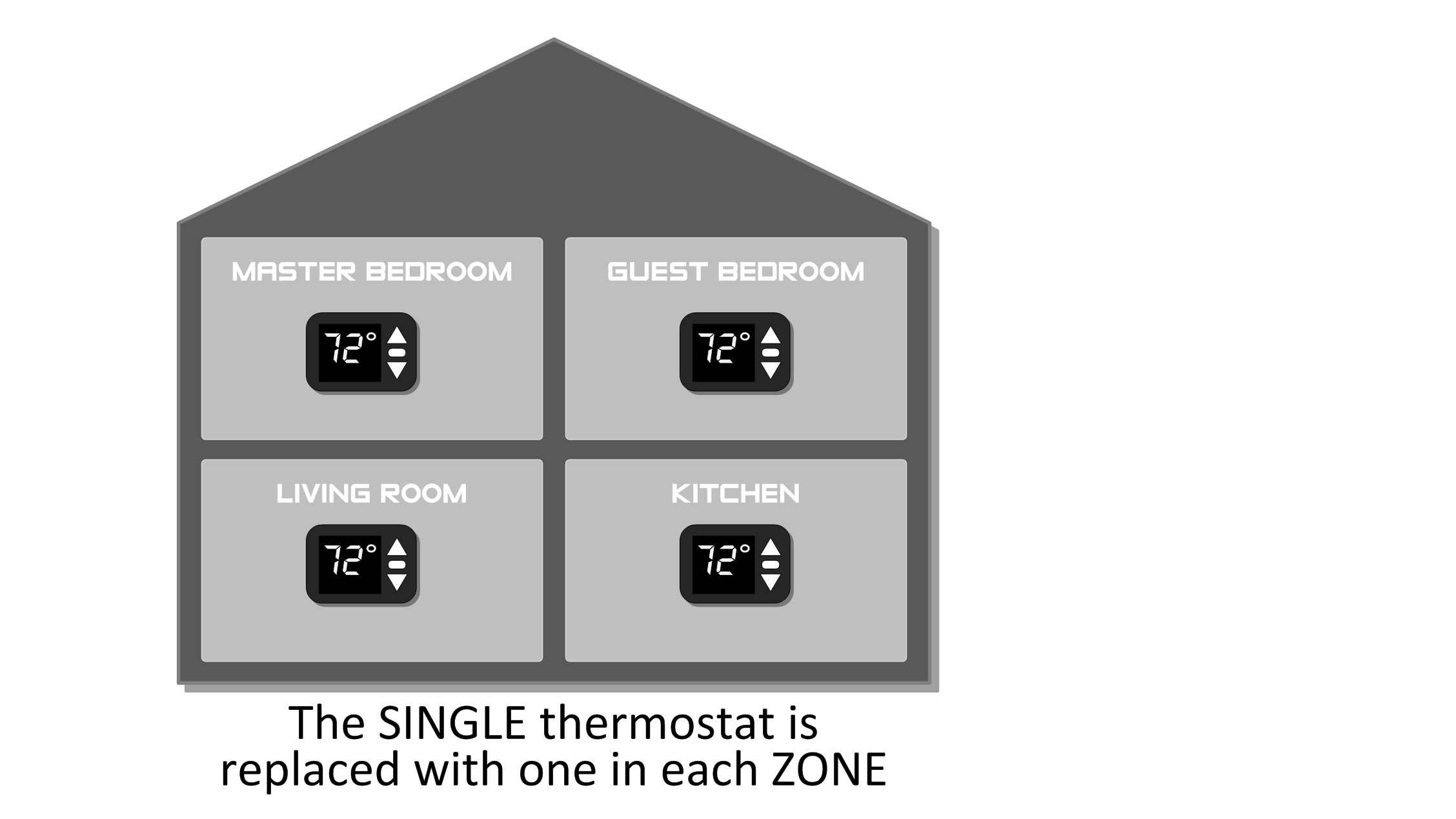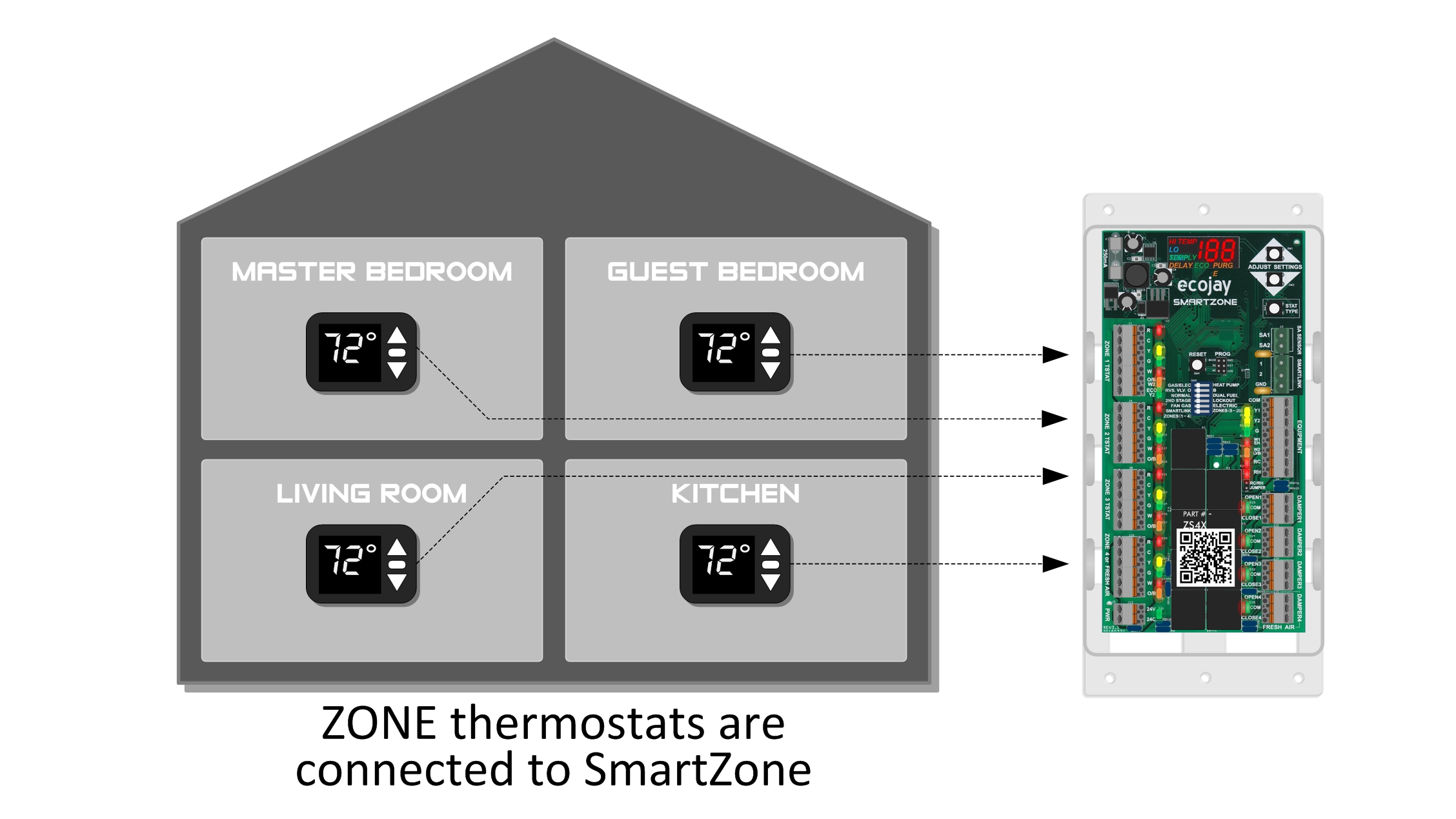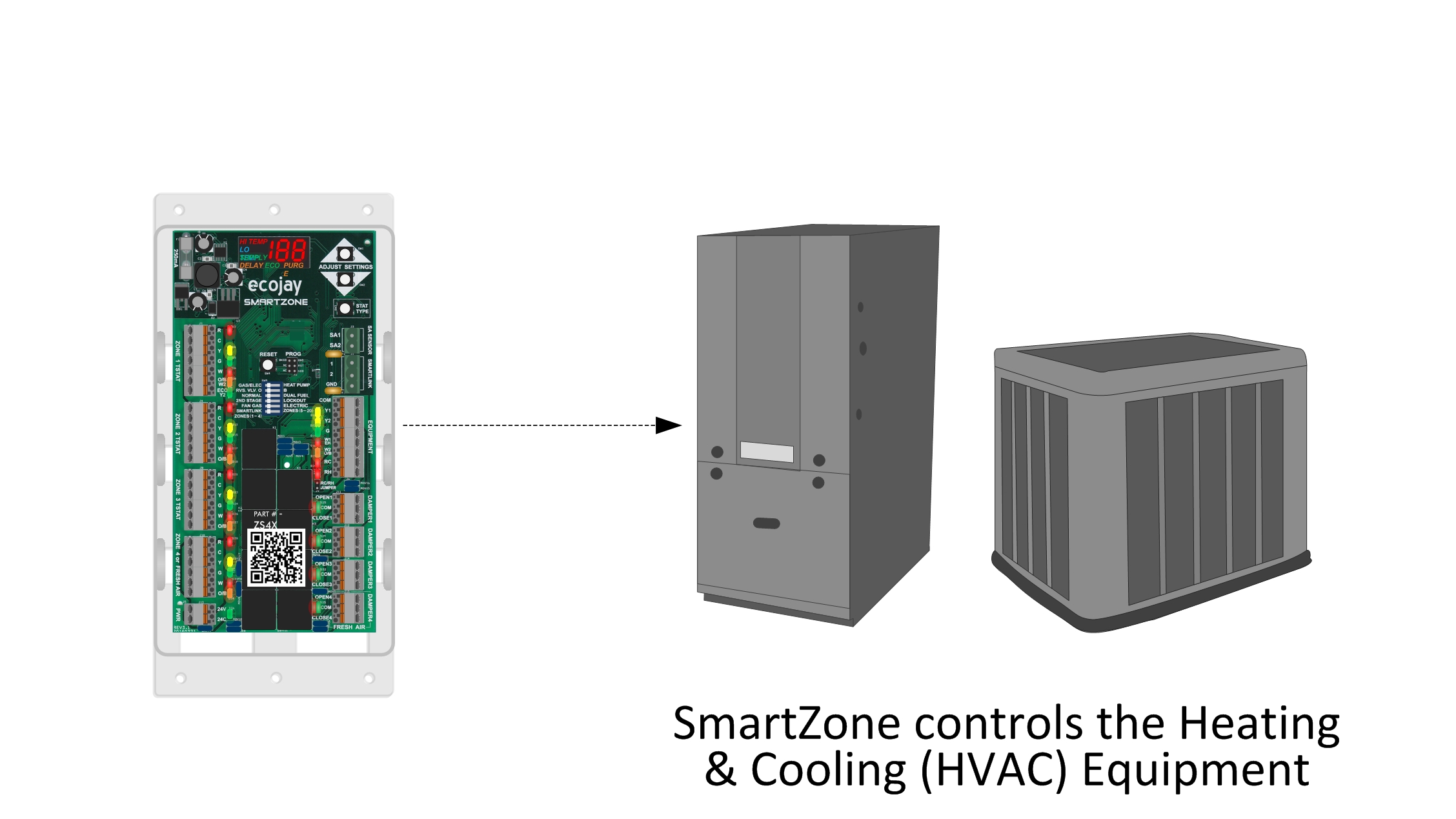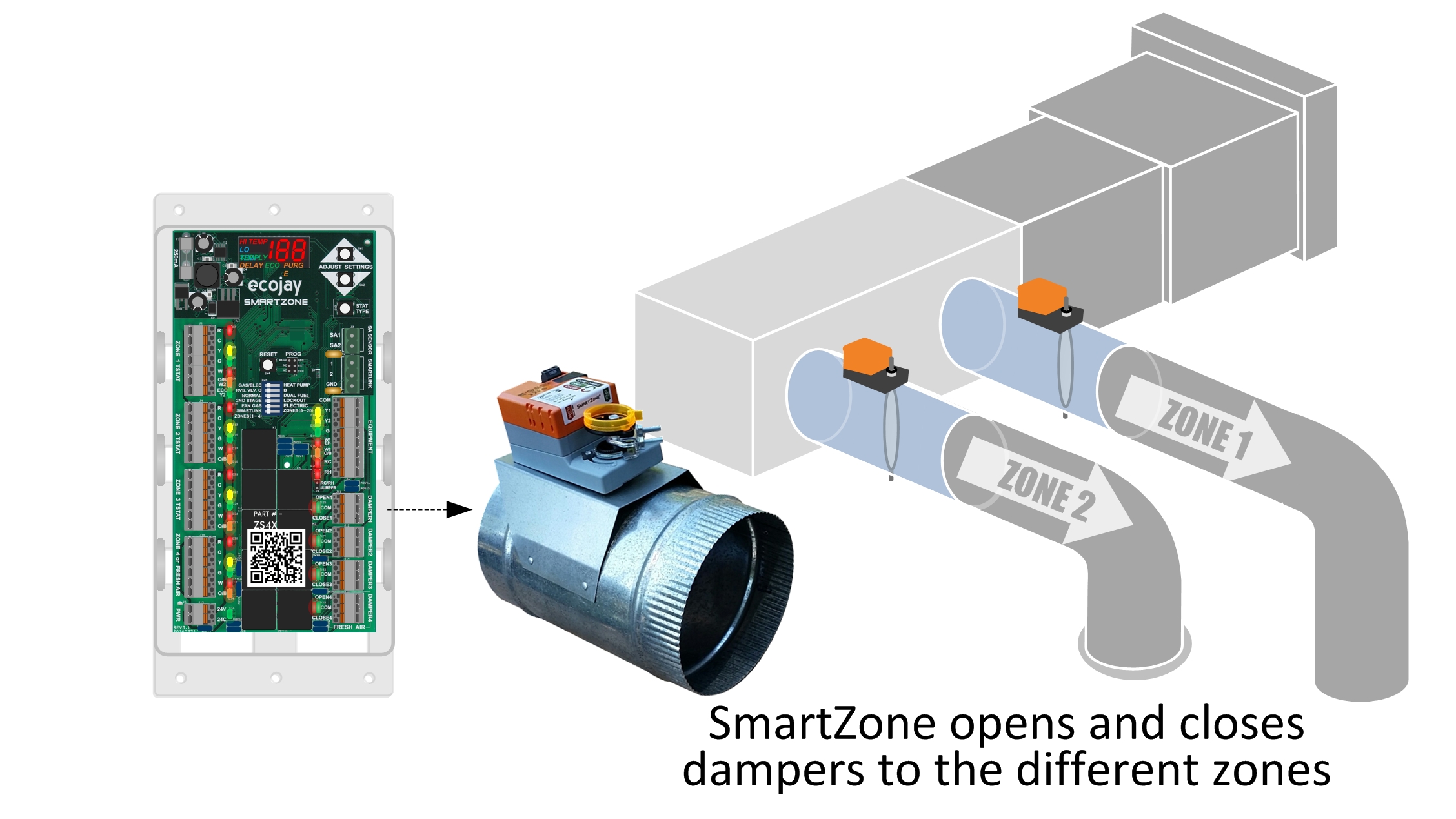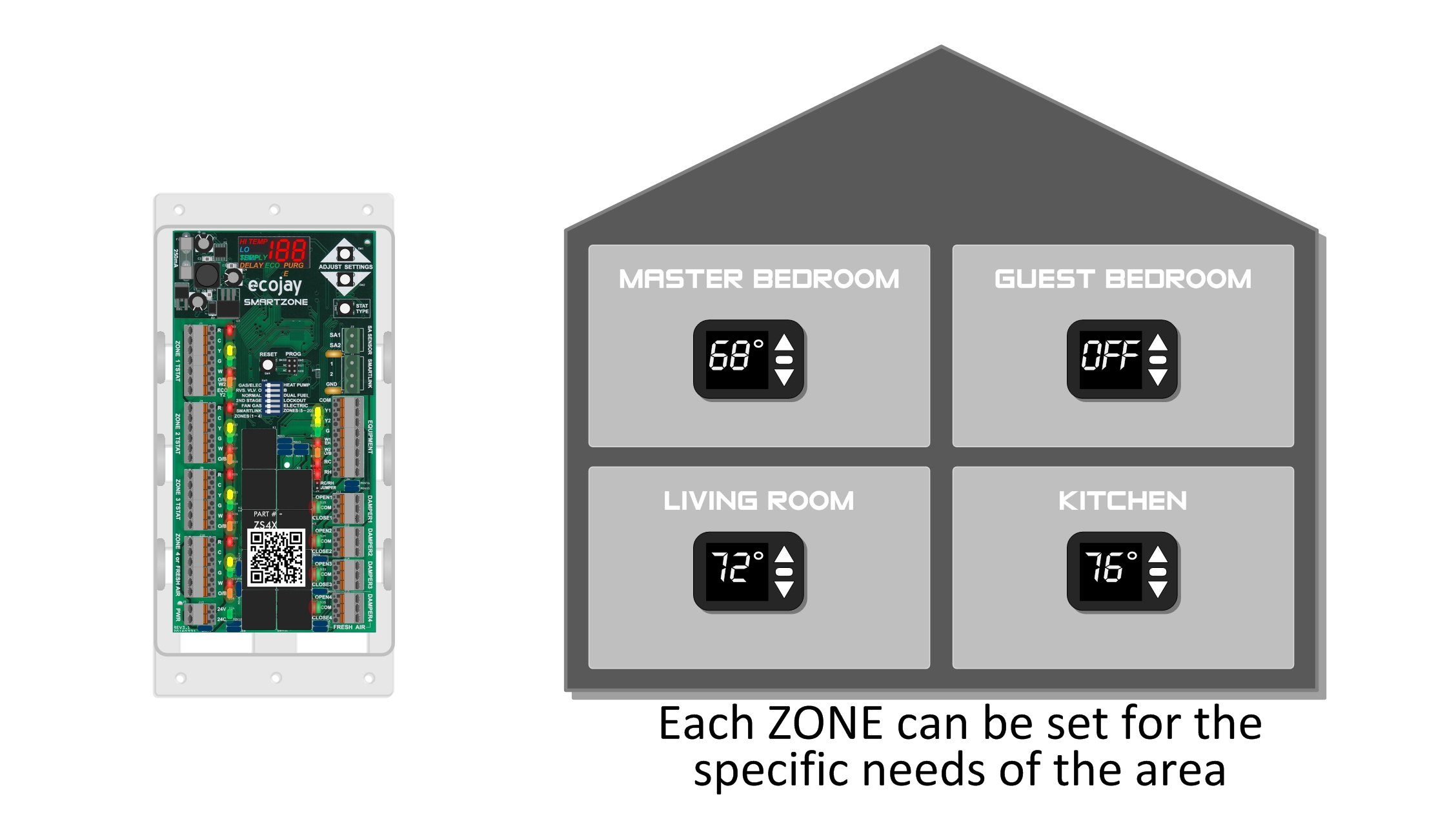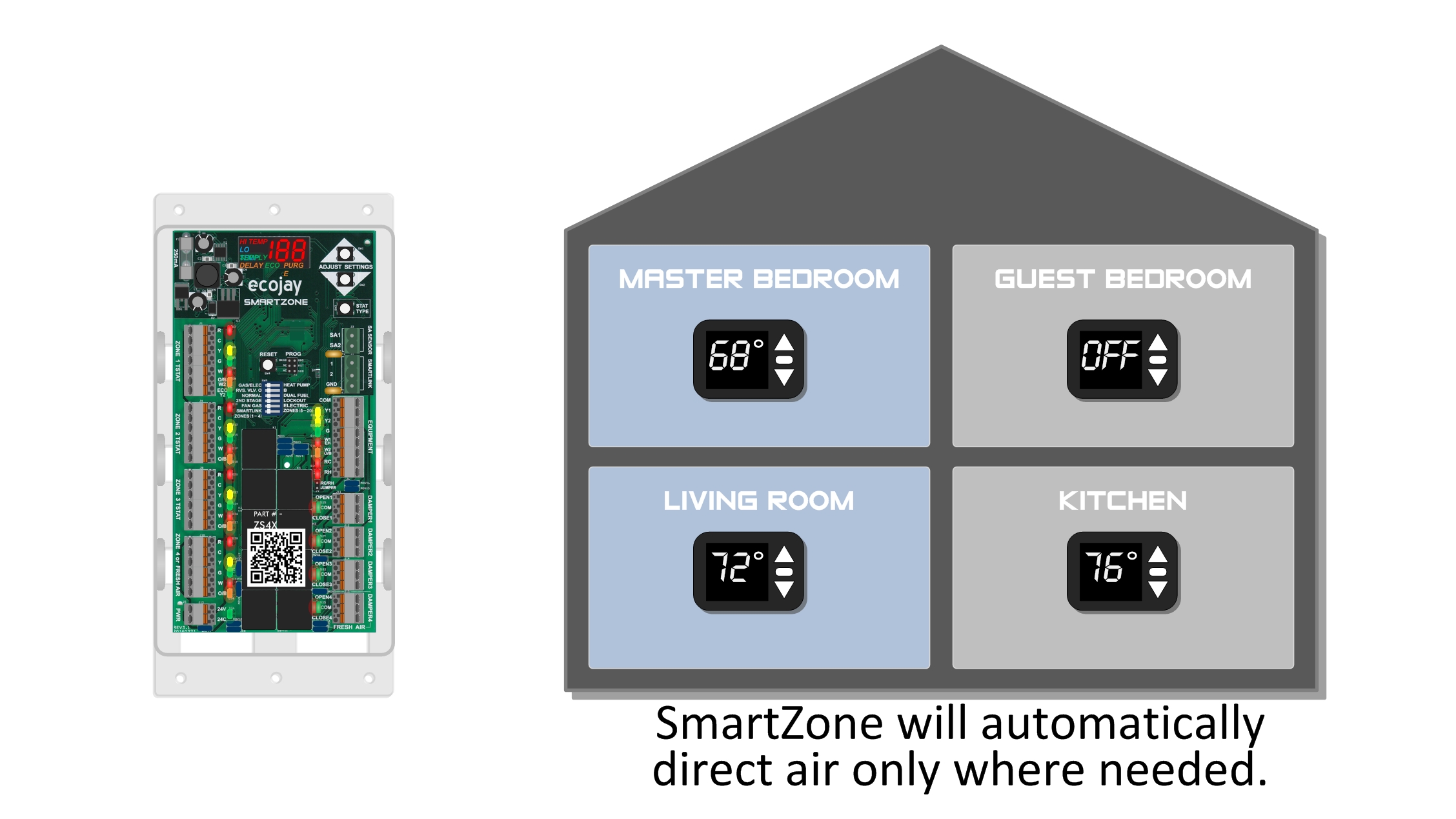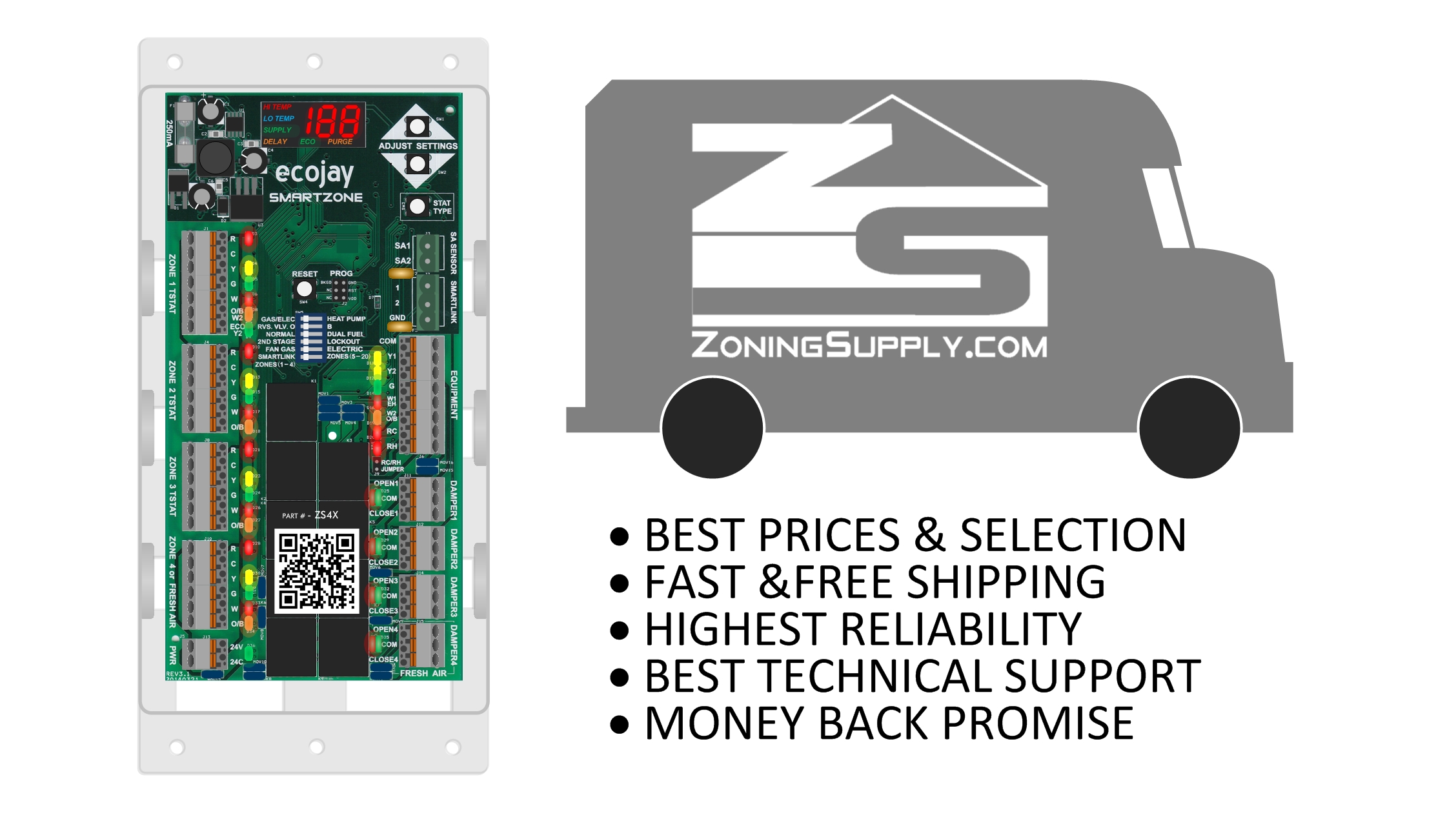So you've probably heard of someone refer to an air conditioner's size in terms of "TONS". Something like "I got a new 4 TON HVAC unit". This refers, not to physical size, but to the capacity (ability) of the equipment to generate heat. That's right, even air conditioning (cooling), is sized by it's ability to produce heat. In the case of air conditioning, the heat is being "pulled" from inside the house and dispersed outside. This is why there is always an outdoor component (the air conditioning compressor) when you have AC.
Back to TONs... most people thing of a TON as being 2000 lbs. but with regard to HVAC, a TON is a measurement of heat generation per day.
1 TON of air conditioning is a measure equivalent to the amount of heat necessary to melt 2000 lbs of ice (H20) in a 24 hour period.
But how did we get there? A BTU (British Thermal Unit) is the unit we use express heat energy. One BTU is equivalent to the amount of heat energy released when burning 1 match all the way. When rating an HVAC unit either for heating or cooling, the amount of BTUs per Hour is often sited. It has been measured that it takes 143 BTUs to melt 1 lb of ice. Since, 1 TON of ice is 2000lbs, It will take 2000 x 143 = 286,000 BTUs to melt 1 TON of ice. The ice could be melted by lighting 286,000 matches all at once or by lighting one at a time... In other words, BTUs only tells us how much heat energy is necessary but not over what time period. It could melt in 1 minute, 1 hour, or even 1 year depending on how the energy is generated. So, to rate the output of HVAC equipment, someone decided back in the early 1900s (probably someone at Carrier) that it should be done over a 24 HR peroid (1 day). This is how we get 286,000 BTUs / 24 hrs =~ 11,917 BTUs per hour or commonly know as 12K BTU/hr is equal to 1 TON.

